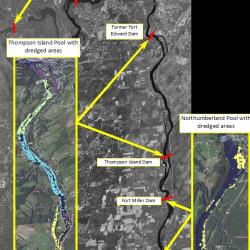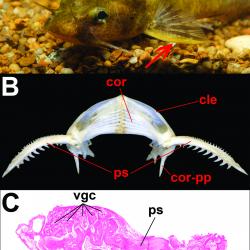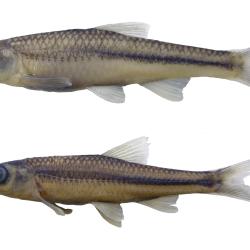
Dr. Jeremy J. Wright
My research utilizes my experience as a museum-trained ichthyologist to inform my pursuits as an ecologist and evolutionary biologist, and vice-versa. Broadly speaking, I use biochemical, toxicological, and behavioral information to explore the evolution of venomous fishes, within a rigorously developed phylogenetic framework, which is derived from collections-based morphological and genetic data. This work has resulted in the discovery of previously unrecognized biodiversity and the resolution of evolutionary relationships in my groups of interest, while also representing the first steps to gaining a greater understanding of defensive venoms and the development of an important anti-predatory adaptation in a globally ubiquitous group of organisms, which represent a significant component of many areas’ aquatic vertebrate biodiversity.
Additionally, I have recently initiated systematic examinations of several of New York’s native fish species, which have revealed the likely presence of undescribed fish species in our state’s watersheds. Because these species are also widely distributed throughout North America, these studies have the potential not only to improve our understanding of the diversity, evolution, and assembly of our own native fauna, but to make significant contributions to the resolution of longstanding ichthyological questions at a broader, national scale.







